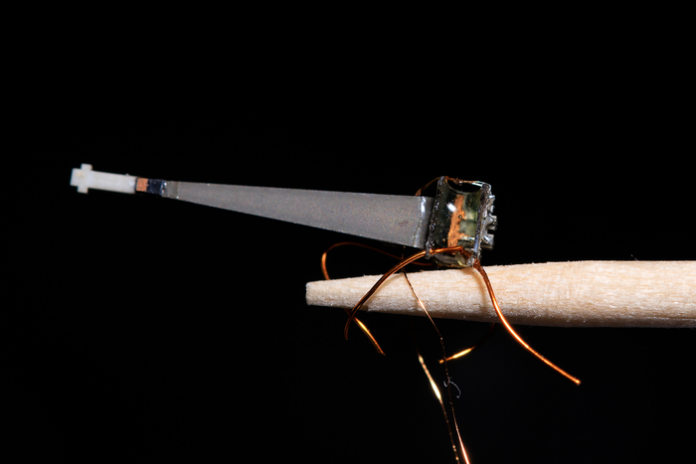
With farmers using electric toothbrushes to pollinate tomatoes, scientists are using micro-robotic tech to figure out how ‘buzz pollination’ can be replicated
What is ‘buzz pollination’ and why does it matter?
A separate study found that both electric toothbrushes and tuning forks were equally good at releasing pollen from the plants involved. Crucially, toothbrushes are notoriously less expensive.
Scientists working with the new grant emphasise that they do not want to replace bees with robotic alternatives.
Vallejo-Marin further said: “Understanding buzz pollination better could lead to stronger motivation for conserving the diversity of bees, beyond honeybees and bumblebees, as well as potentially optimizing fruit and vegetable yields in agriculture.”










